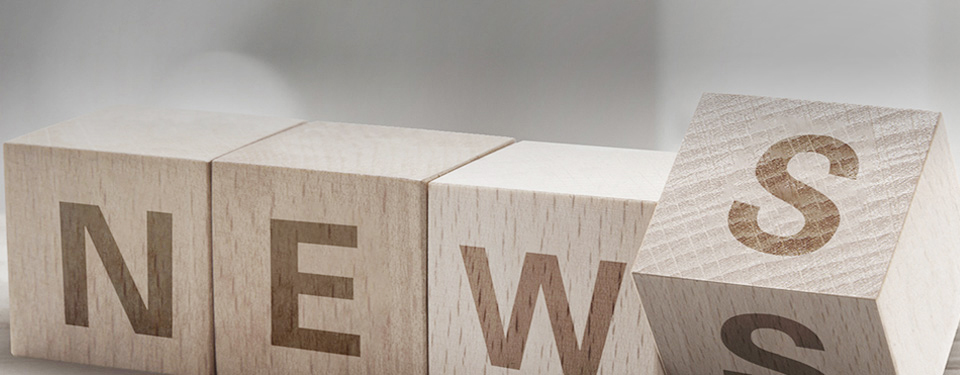An automatic car is a car that can be driven automatically without manual intervention. It may represent the future driving trend. According to IHS's automotive research report, automotive sensor malls that have helped invent this engineering miracle are now available, and will continue to increase at a high rate in the next few years.
Parking assisted cameras and lanes violate the camera, but only two of the sensors that will be used in the automatic control are expected to increase strongly every year for the next five years. The shipments of this type of sensor are estimated to reach 3.4 million in 2012, twice the number of 1.7 million in the previous year. By 2015, it will reach 18 million, which is 20 times that of 939,200 in 2010.
Everyone has invested a lot of energy in developing automatic cars. This type of car, also known as a robotic car, may be unmanned and can sense the surrounding environment and drive automatically. Although people can choose a destination, there is no need to perform mechanical operations.
The roots of automated car handling are environmental and contextual awareness, and today's control systems rely on the same perception. This kind of perception can be supplied by various sensors inside and outside the vehicle. They monitor the front and rear of the vehicle and the various control systems inside the vehicle. For example, a parking assist camera assists the driver in parking to avoid bumping any objects or other cars, while a lane violation sensor can detect that the car may have violated the lane due to driver distraction or operational errors.
Although the camera and transmission are now dominant in the car, the telemetry technology called LIDAR is being used on at least one automatic control prototype, Google's unmanned car. Google's technology is used on a Toyota. According to reports, the Toyota Prius is equipped with a LIDAR sensor from Velodyne LIDAR Inc., which uses a laser head that rotates 900 revolutions per minute to form a 360-degree view around the car.
In addition, there are three radar sensors in front, one on the back, and one high-resolution camera on the front windshield, which can instantly reflect the situation around the car. The relevant person shows that the system generates all the images of the objects and regions around the car, analyzes and guesses. Its future direction, 20 times per second.
The sensor network installed on the Google Prius prototype is now available in several production models from several car manufacturers, providing horizontal and radial automatic control. IHS believes that the rest of the work is to integrate these systems and all of their sensory data into a single control system for all vehicle motion. But this is easier said than done. It's hard to do.
The Mercedes-Benz S-Class also has the leading safety and control system that is necessary for German manufacturers. Forward radar (including long range and short range), forward camera sensor, rear short range radar. There are also rated sensors that monitor the car system and driver input, ready to distribute the electronic and electronic stability control system when the corners are oversteer, perhaps prompting the driver to avoid the danger of falling asleep or crashing. In summary, these sensors and systems monitor the most dangerous areas of the driver today: the front area through which the car passes, and the blind spots behind the car and on the side.
For the automotive industry, the challenge of launching an automated car will be to introduce the concept to discreet car buyers, although the unmanned system can theoretically reduce the driver's workload. It can automatically perform a variety of tasks, such as parallel braking, and can also provide support when the driver makes a mistake or may be injured. The automotive industry knows that for many people, the car and the driving process may be an emotional experience, so it is necessary to be cautious in proclaiming the benefits of the new system, even if it may minimize damage or save lives.
At the same time, participants outside the automotive industry, such as Google and other entities, are paying more and more attention to the mobility of their own cars, and these manufacturers are not tied to traditional concepts in the automotive industry. These vendors continue to define processes, develop various systems, and prepare for automated vehicles. It seems that the automatic car needs to become the focus of the future.


 13602604941
13602604941
